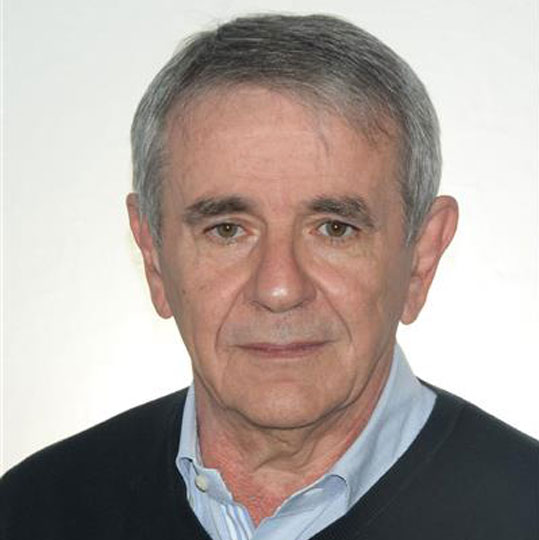
Franco Cassinari
Application Advisor
Out from a production floor, in the last 35 years, employed at machine tool builders. Since 2005 working inside Camozzi Group, Ingersoll Inc and Innse-Berardi S.p.A. Long Experience in aviation and aerospace fields mostly involved in multi axis machining often applied in different market sectors. Deep knowledge in metal cutting focused on titanium and aluminium. Post processor developer and deep knowledge in cad/cam systems and numerical controls. Currently involved in the application department: internal machining process development, sub-contractors work, turn key solution for customers and tight cooperation with designers to develop innovative solutions for new machines.